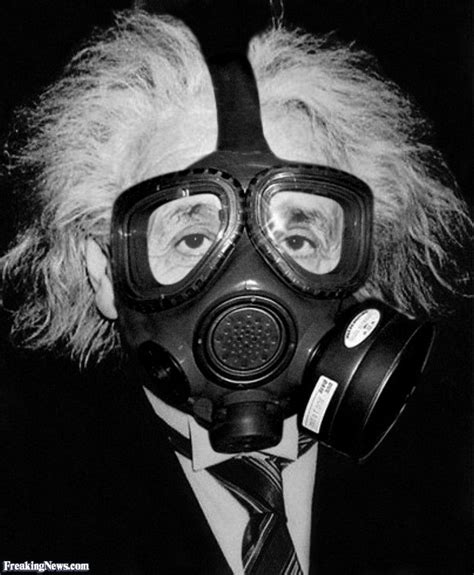Caplan syndrome, or rheumatoid pneumoconiosis, was traditionally associated primarily with coal dust exposure. However, it is now attributed to inorganic dust exposure from silica and asbestos industries, notably in construction and artificial stone manufacturing. Characterized by multiple peripheral lung nodules in patients with rheumatoid arthritis and pneumoconiosis, diagnosis of Caplan syndrome necessitates imaging and potential biopsy to exclude malignancy. Individuals with rheumatoid pneumoconiosis are often asymptomatic and experience symptoms only if the nodules grow and coalesce. Progressive massive fibrosis with scarring and architectural distortion of the lung parenchyma may also occur in these individuals. In some cases, the nodules cavitate and become secondarily infected.

